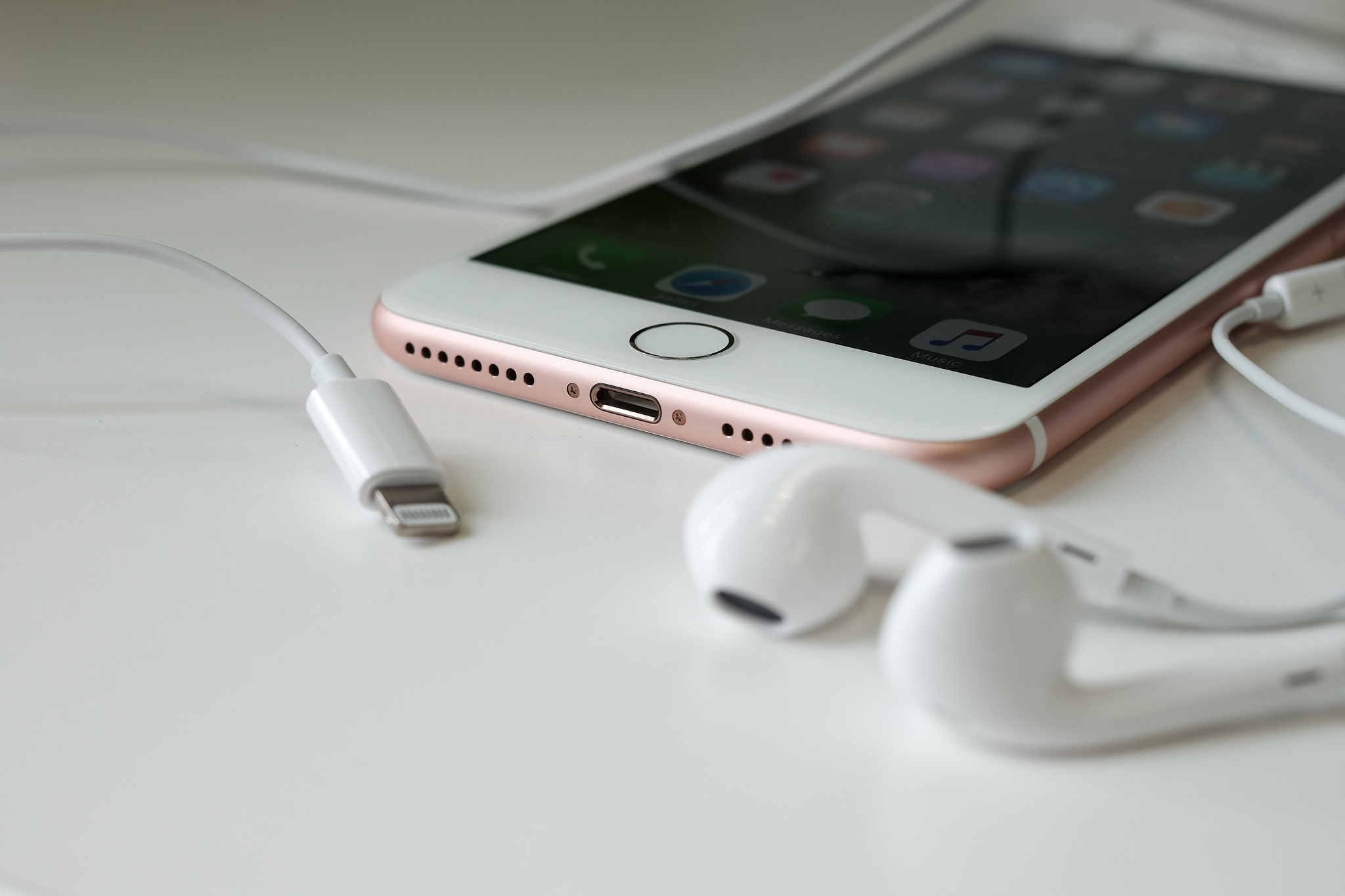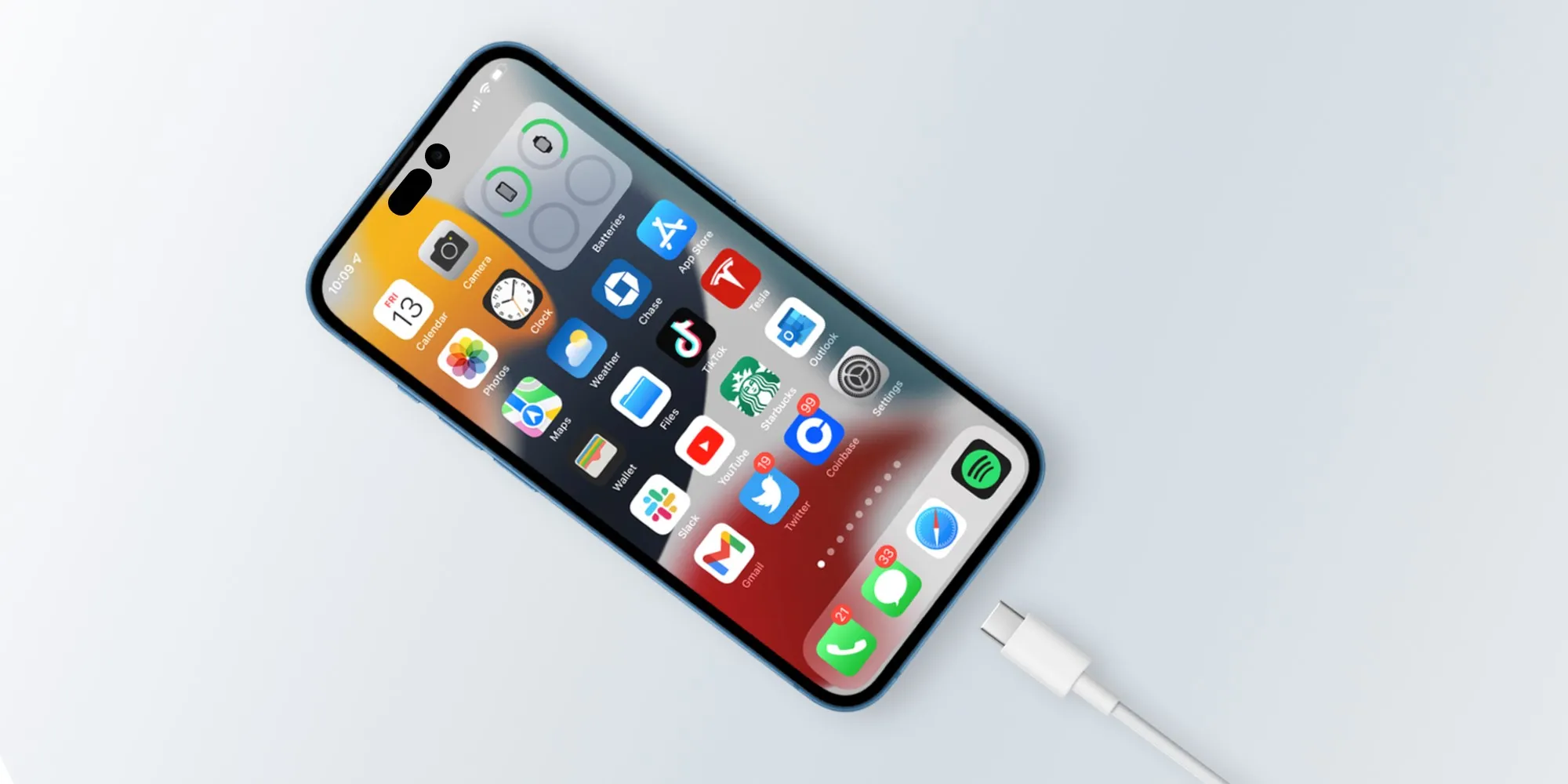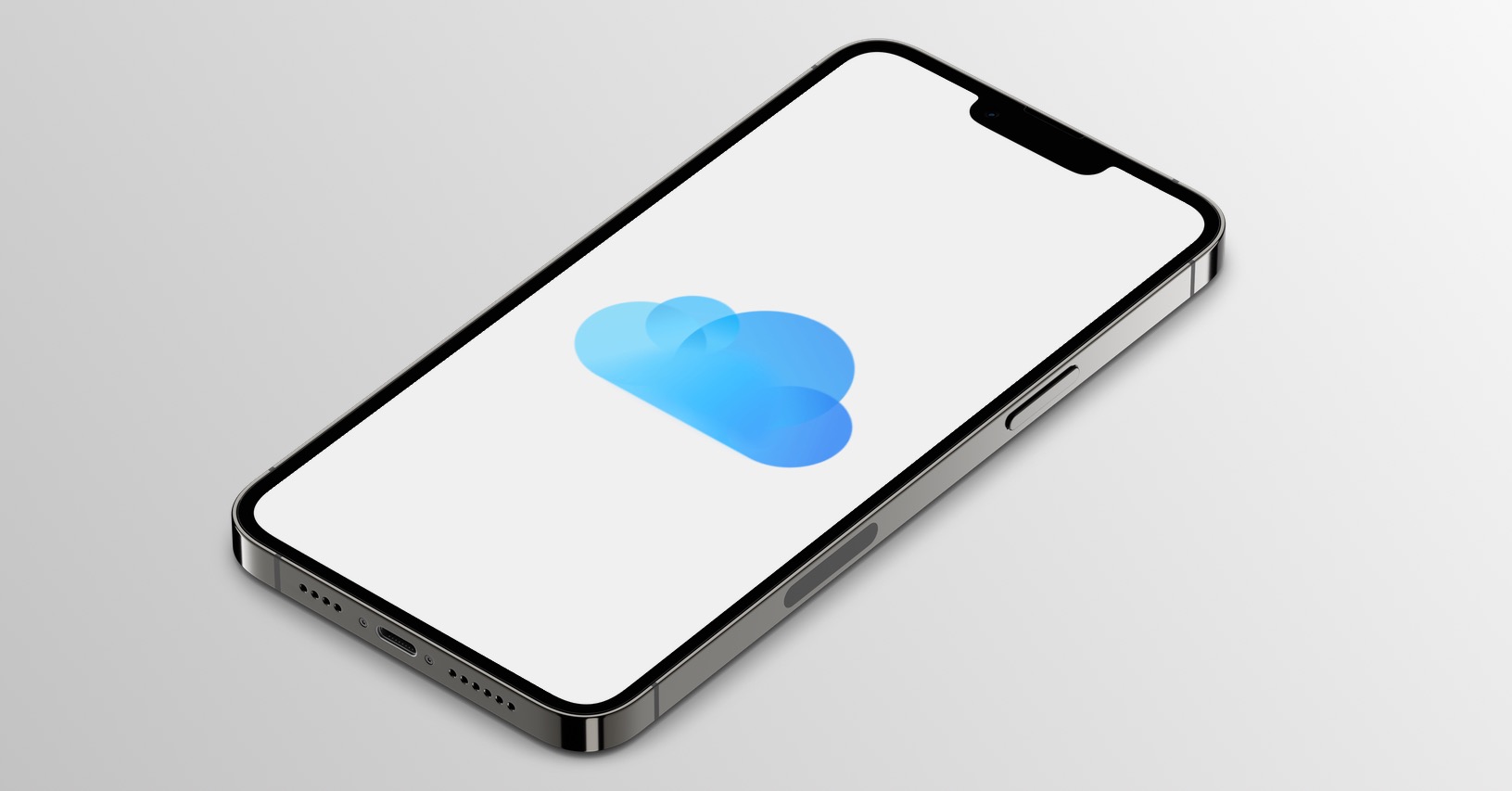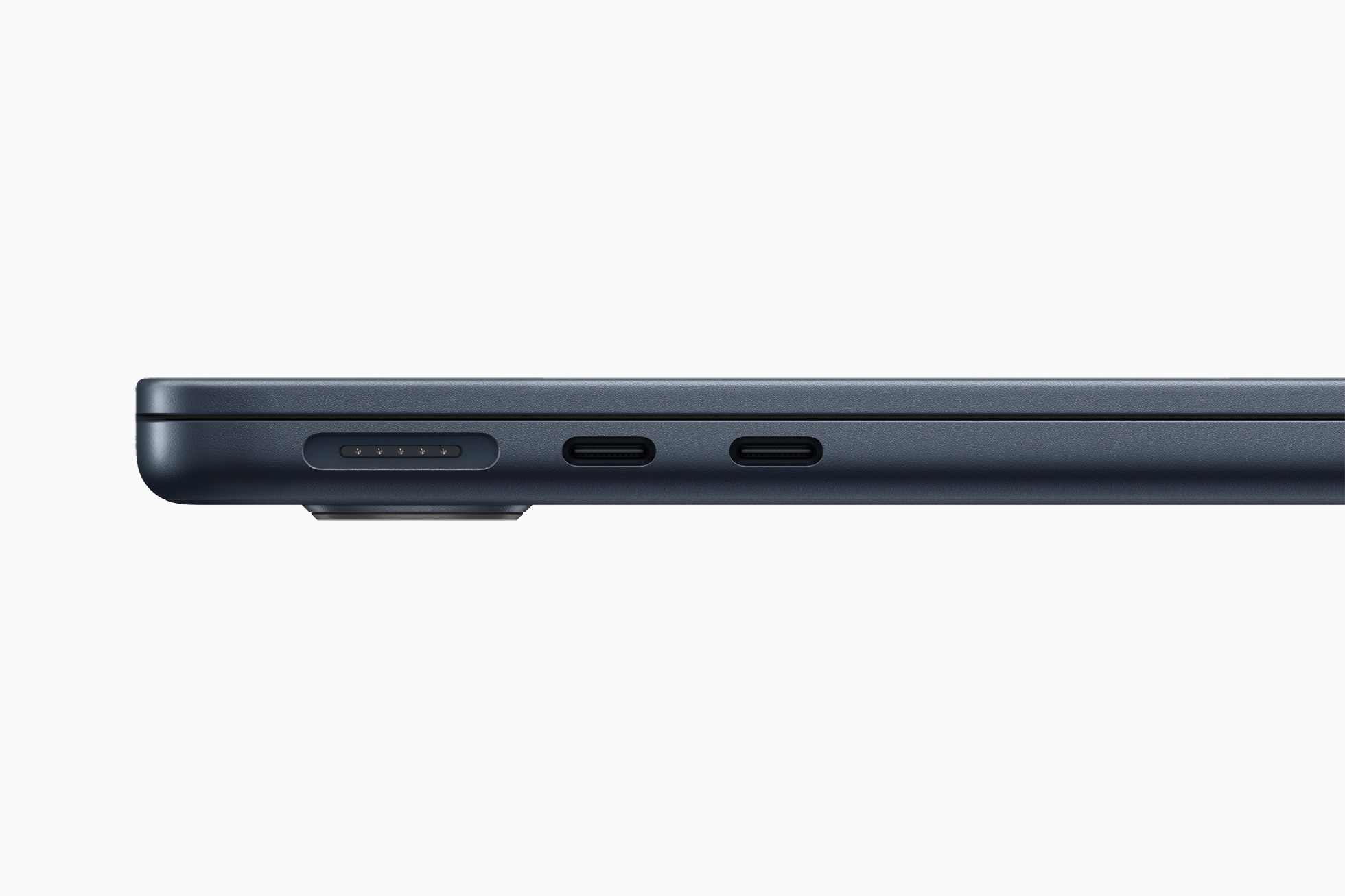Apple plans to switch from its Lightning connector to universal USB-C soon. It is acting on the impulse of a change in European legislation, which has just designated the popular "tick" as a modern standard and decided that it must be offered by practically all mobile electronics sold in the territory of the European Union. Although the law will not come into force until the end of 2024, the Cupertino giant is said to not delay and will introduce the new product right away for the next generation.
It could be interest you

One group of apple growers is excited about the change. USB-C is truly the world's universal, which is relied on by both smartphones, tablets, laptops and many other products. The only exception is perhaps the iPhone and other possible accessories from Apple. In addition to universality, this connector also brings with it higher transfer speeds. But it probably won't be so cheerful. At least that's what the latest leaks from a respected analyst named Ming-Chi Kuo, who is one of the most accurate sources for speculation regarding the Cupertino company, mention.
Higher speeds only for Pro models
Analyst Ming-Chi Kuo has now confirmed Apple's ambitions to switch to USB-C already in the case of the next generation. In short, however, it can be said that USB-C is not the same as USB-C. By all accounts, the basic iPhone 15 and iPhone 15 Plus should have a limitation in terms of transfer speeds – Kuo specifically mentions the use of the USB 2.0 standard, which would limit the transfer speed to 480 Mb/s. The worst thing about it is that this figure does not differ in any way from Lightning, and Apple users can more or less forget about one of the main benefits, i.e. higher transmission speed.
The situation will be slightly different in the case of the iPhone 15 Pro and iPhone 15 Pro Max. Apple probably wants to differentiate the options of basic iPhones and Pro models a bit more, which is why it is preparing to equip the more expensive variants with a better USB-C connector. In this regard, there is talk of using the USB 3.2 or Thunderbolt 3 standard. In this case, these models would offer transfer speeds of up to 20 Gb/s and 40 Gb/s, respectively. Therefore, the differences will literally be extreme. It is therefore not surprising that this leak opens a rather sharp discussion among apple growers about the plans of the apple company.

Are higher speeds needed?
In conclusion, let's focus on it from a slightly different perspective. A number of apple users ask themselves whether we actually need higher transmission speeds at all. Although they can really speed up the transfer of files with a cable connection, in practice this possible novelty may no longer be so popular. Few people still use cable. On the contrary, the vast majority of users rely on cloud storage options, which take care of everything themselves and automatically in the background. For Apple users, therefore, iCloud is the clear leader.
It could be interest you

Therefore, only a small percentage of users will enjoy the potential increase in transfer speeds for the iPhone 15 Pro and iPhone 15 Pro Max. These are primarily people loyal to a cable connection, or enthusiasts who like to shoot videos in high resolution. Such images are then characterized by a relatively large size on storage, and the transfer via a cable can significantly speed up the whole process. How do you perceive these potential differences? Is Apple doing the right thing by splitting the USB-C connectors, or should all models offer the same options in this regard?

I can't remember how many years ago and to which iPhone model I last connected a cable to transfer data. That is a long time ago. And any speed of the USB 2.0 standard? The vast majority of users use data or wifi transfers that are slower than 480 Mbps, so what are we dealing with here?
We are dealing with the fact that Apple saves on nonsense and the result is a transmission speed from prehistoric times 😄
No. Apple is forced to use a connector that it does not want to use because it is useless. It won't affect the charging speed, and data was transmitted via cable in the prehistoric times you're talking about...
There will be unnecessarily more expensive usb to produce = zero benefit for customers, we will only pay a few extra ducks because of the whims of eco-fascists...
The name:
As I say - we've been using speeds lower than 480Mb/s until now, so the allusion to prehistoric times is completely beside the point.
Yeah? And why does the Pro version support a faster protocol? 🤣